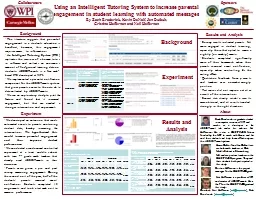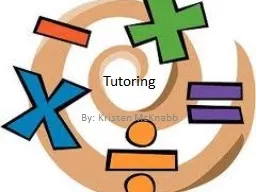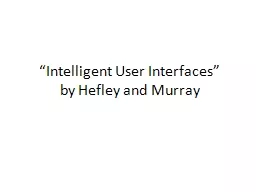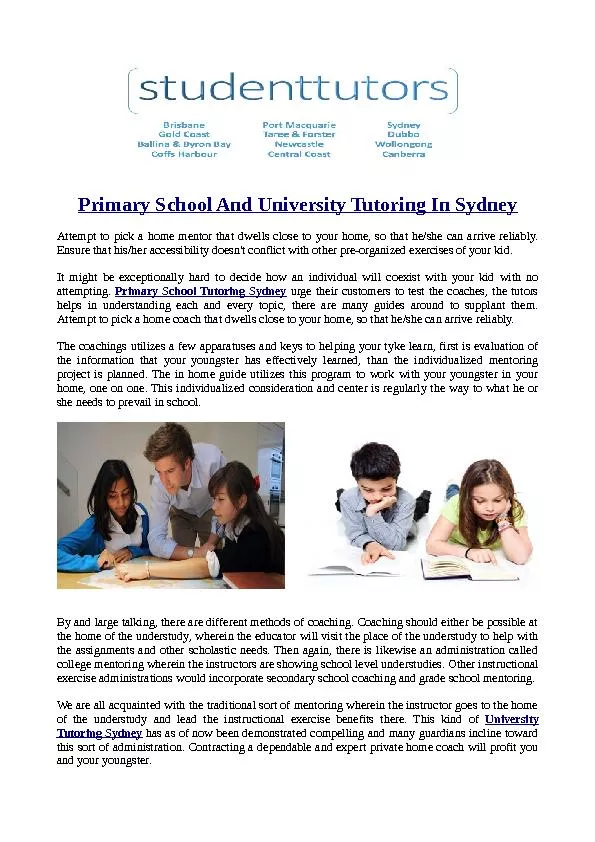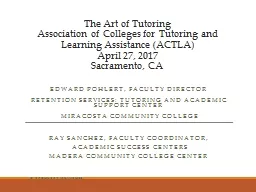PPT-Using an Intelligent Tutoring System to increase parental
Author : cheryl-pisano | Published Date : 2019-06-29
engagement in student learning with automated messages By Zach Broderick Kevin DeNolf Jen Dufault Cristina Heffernan and Neil Heffernan Experiment The literature
Presentation Embed Code
Download Presentation
Download Presentation The PPT/PDF document "Using an Intelligent Tutoring System to ..." is the property of its rightful owner. Permission is granted to download and print the materials on this website for personal, non-commercial use only, and to display it on your personal computer provided you do not modify the materials and that you retain all copyright notices contained in the materials. By downloading content from our website, you accept the terms of this agreement.
Using an Intelligent Tutoring System to increase parental: Transcript
Download Rules Of Document
"Using an Intelligent Tutoring System to increase parental"The content belongs to its owner. You may download and print it for personal use, without modification, and keep all copyright notices. By downloading, you agree to these terms.
Related Documents

